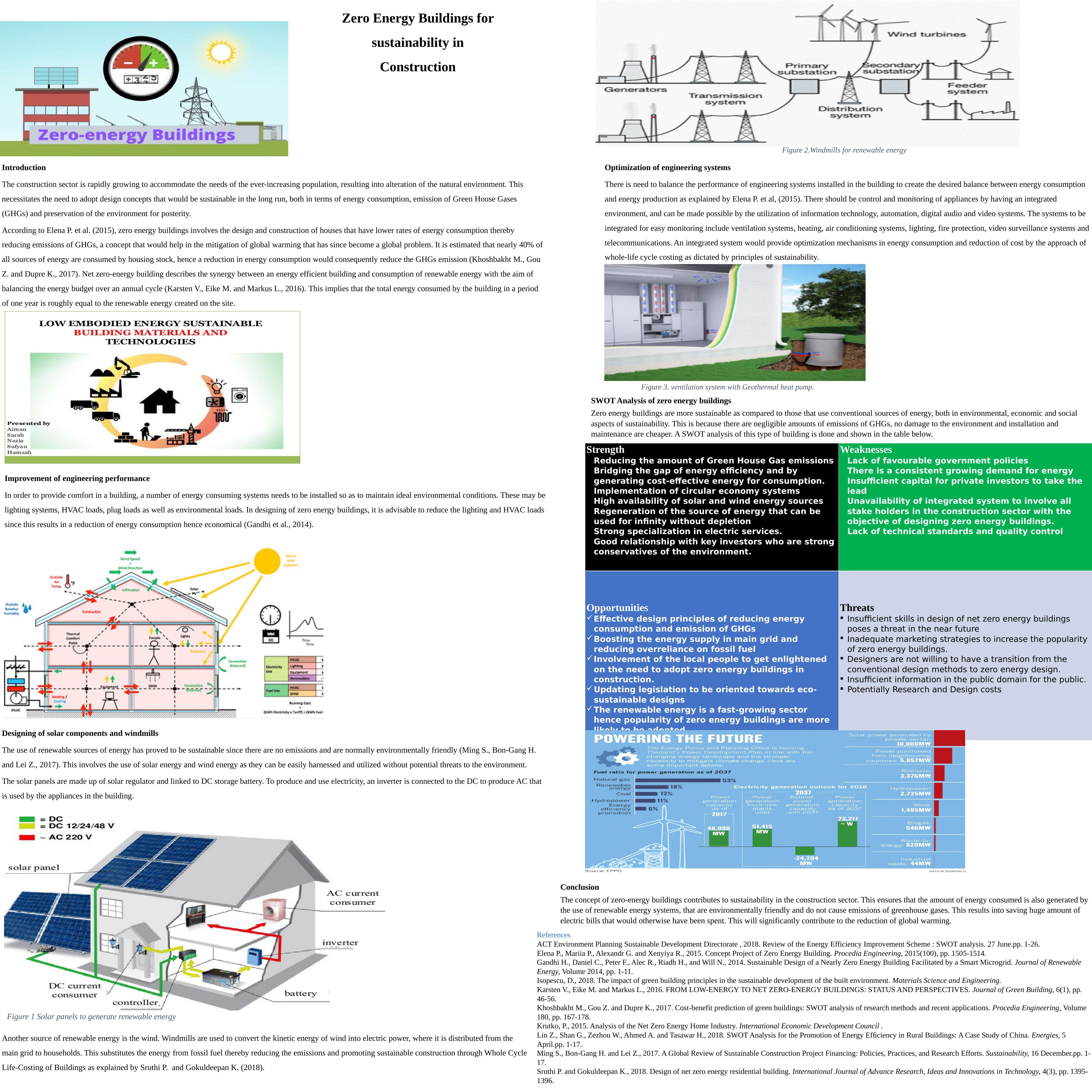Zero Energy Buildings Presentation 2022
Ability to reduce flood risk, energy saving with better building insulation, improving life quality & visual features, helps with biodiversity and increases wildlife, provides a better use of roof space, reducing stress and providing cleaner air, prolonged roof life and reduced roof maintenance, structural challenges, higher implementation & maintenance costs
Added on 2022-08-12
About This Document
Poster of 1000 words Swot analysis means strengths, weakness, opportunities, threats in any topic from sustainable construction. This poster have to be in one page (example posters are given below) and contains references of minimum 10.
Zero Energy Buildings Presentation 2022
Ability to reduce flood risk, energy saving with better building insulation, improving life quality & visual features, helps with biodiversity and increases wildlife, provides a better use of roof space, reducing stress and providing cleaner air, prolonged roof life and reduced roof maintenance, structural challenges, higher implementation & maintenance costs
Added on 2022-08-12
End of preview
Want to access all the pages? Upload your documents or become a member.

